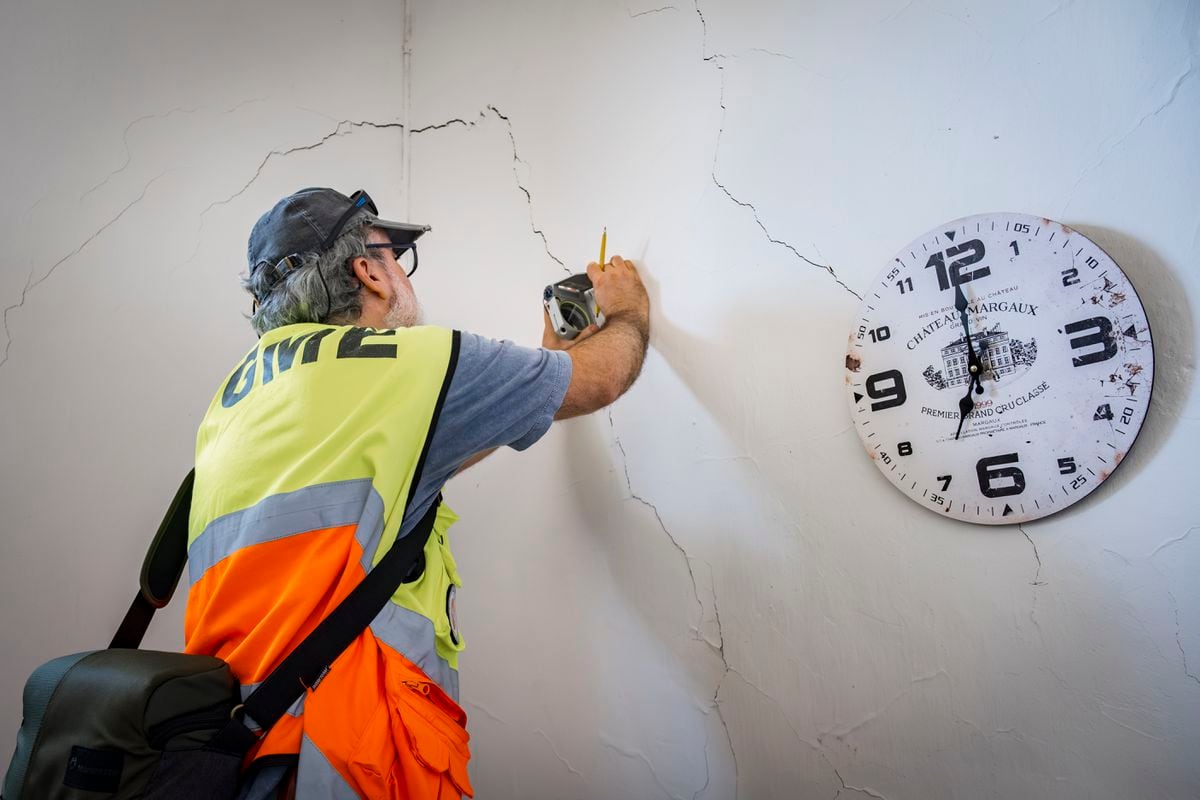Enlarge image
Volcano eruption in October 2021: What consequences did the eruption have for the volcano itself?
Photo: Emilio Morenatti / dpa
It was the longest-lasting volcanic eruption in the history of the island: at the end of 2021, lava flows destroyed large parts of the Canary Island of La Palma.
Now, a year later, researchers from Kiel and Spain want to investigate the effects of the eruption: what were the consequences for the volcano itself?
At the beginning of January, a team from several institutes mapped the seabed off the island, said project manager Jacob Geersen from the Institute of Geosciences at Kiel University.
The investigations took place on board the research ship »Maria S. Merian«.
In three days it was possible to measure most of the western side of the island.
The researchers hope that the data will provide insights into the changes in the structure of the volcano - experts also speak of the volcanic structure.
The volcanic eruption began on September 19, 2021, on the west slope of the Cumbre Vieja ridge.
It lasted almost three months and caused great damage: At least 7,000 people had to be evacuated at the time, and 3,000 were unable to return.
Whole houses sank in ash or were rolled over by the lava.
The eruption also destroyed schools, churches, supermarkets, roads, power lines and banana plantations.
The fruits are the main product of the island.
"The area covered by the new lava is more than 10.5 square kilometers," Geersen said.
The area is three times the size of New York's Central Park.
The flank of the volcano threatens to collapse
"Hundreds of thousands of earthquakes, a lava flow up to 190 meters thick, land uplift and subsidence in the meter range were caused by the migration of hot lava underground," said Felix Gross, project partner and marine geophysicist from the Center for Ocean and Society at Kiel University.
So far, there has been very little high-resolution data from the marine part of the volcano's flank, i.e. the part that is under water.
That's why the "Sub:Palma" expedition hydroacoustically mapped the west side of the island, says Gross.
The researchers want to compare the data obtained with the results of deep-sea investigations in the late 1990s.
They also want to examine the exact contours of the volcano flank.
"Geodetic and geological data on land indicate that the volcano flank is slowly sliding into the Atlantic," said Gross.
"So far, however, neither the size of the moving part of the flank is known, nor where the boundaries run from the unstable to the stable part of the volcanic structure." The results of the expedition with the "Maria S. Merian" should now also provide answers to this.
acl








